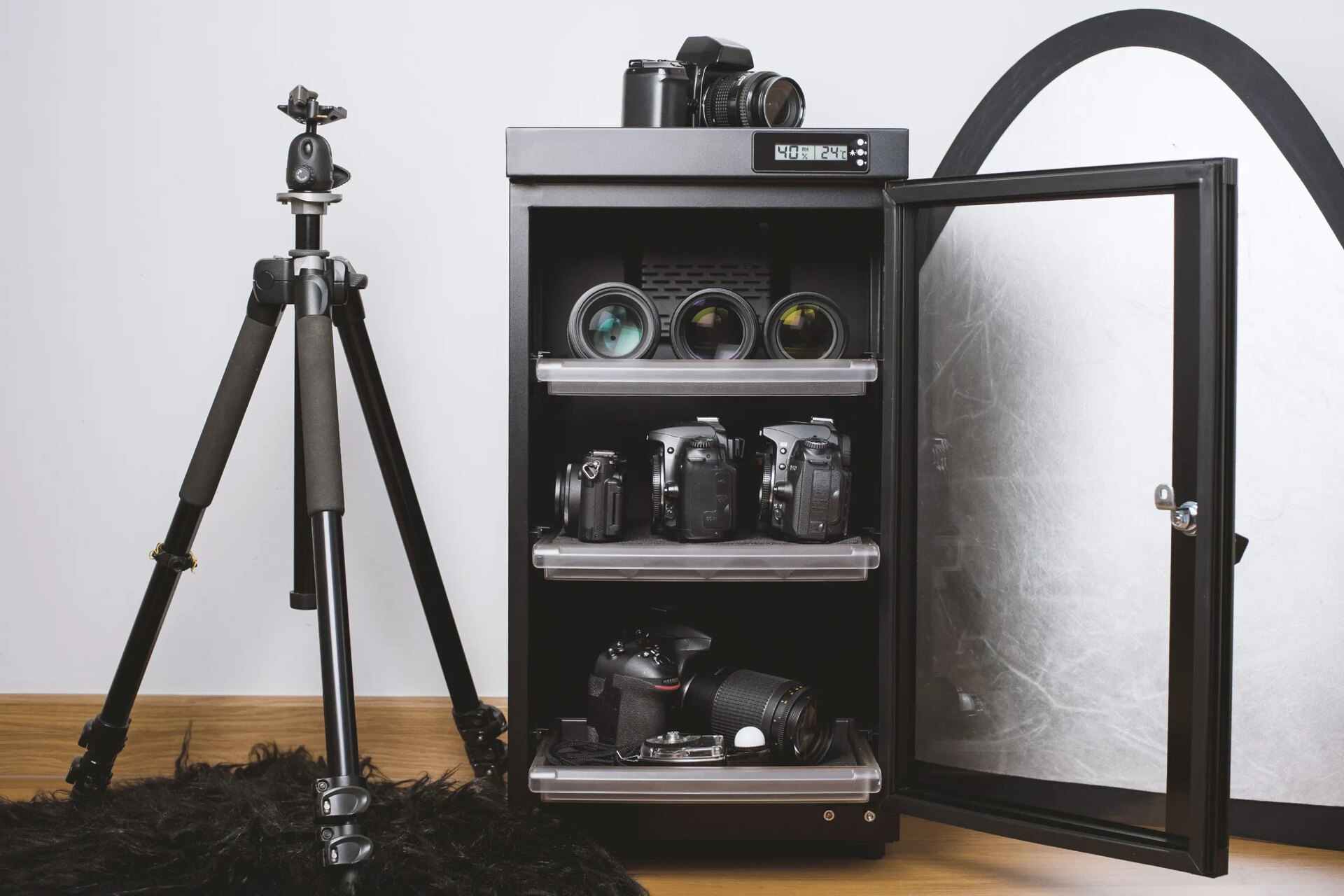

Articles
How To Store Cameras
Modified: February 26, 2024
Learn how to properly store and preserve your cameras with our informative articles. Find expert tips and advice to keep your equipment in top condition.
(Many of the links in this article redirect to a specific reviewed product. Your purchase of these products through affiliate links helps to generate commission for Storables.com, at no extra cost. Learn more)
Introduction
As a photographer, your camera is your most valuable tool. Whether you’re a professional or an avid hobbyist, it’s crucial to properly store your cameras when they’re not in use. Proper storage not only keeps your equipment safe and secure, but it also helps to prolong their lifespan and maintain their performance.
In this article, we will guide you on how to store your cameras effectively. From choosing a suitable storage place to cleaning and packaging, we’ll cover all the essential steps to ensure your equipment remains in optimal condition.
So let’s dive in and discover the best practices for storing your cameras!
Key Takeaways:
- Properly storing your cameras in a cool, dry, and well-ventilated area, along with climate control considerations, cleaning, and systematic organization, ensures their longevity and optimal performance for future use.
- Implementing security measures, regular maintenance, and inspection of your stored cameras are crucial for safeguarding your investment, providing peace of mind, and ensuring readiness for your next photography adventure.
Read more: How To Store A Camera
Choosing a Suitable Storage Place
The first step in properly storing your cameras is to find a suitable storage place. Ideally, this should be a cool, dry, and well-ventilated area that provides protection against extreme temperature fluctuations and humidity.
Avoid storing your cameras in areas that are prone to high levels of moisture, such as basements or bathrooms. Excess humidity can cause mold and mildew growth, which can damage your equipment and affect their performance.
It’s also important to keep your cameras away from direct sunlight or sources of heat. Prolonged exposure to intense heat can damage the sensitive components of your cameras and affect their functionality.
If possible, invest in a dedicated camera storage cabinet or case. These are specially designed to provide proper protection, organization, and accessibility for your camera equipment. They often have padded interiors to cushion your cameras and prevent any accidental knocks or falls.
Additionally, consider the security of the storage place. Choose a place that is secure and provides safeguards against theft or unauthorized access. This could be a locked cabinet, a safe, or a designated room with restricted access.
By choosing a suitable storage place, you can ensure that your cameras are protected from environmental factors and potential damage, allowing you to confidently store your equipment for extended periods of time.
Climate Control Considerations
When it comes to storing your cameras, climate control is a crucial factor to consider. Extremes in temperature and humidity can wreak havoc on your equipment, leading to corrosion, condensation, and other damage.
Optimal temperature range for camera storage is between 50°F (10°C) and 77°F (25°C). Avoid storing your cameras in areas where temperatures can fluctuate significantly, such as attics or garages without proper insulation.
Humidity is another important consideration. The ideal humidity level for camera storage is around 40-50%. Excess humidity can cause moisture to accumulate inside the cameras and lenses, leading to mold growth, corrosion, and lens fogging. Conversely, low humidity levels can result in dryness and potential damage to rubber seals and other components.
To control humidity, you can use silica gel packs or humidity control devices in your camera storage area. These help to absorb excess moisture and maintain a stable humidity level. Be sure to replace or recharge the silica gel packs periodically as needed.
Additionally, investing in a dehumidifier or humidity-controlled storage cabinet can provide an extra layer of protection against humidity fluctuations.
It’s important to note that sudden changes in temperature and humidity can cause condensation to form on your cameras and lenses. To prevent this, allow your equipment to acclimate to the room temperature before taking them out of their storage or packaging.
By carefully considering the climate control factors, you can create an environment that promotes the safe, long-term storage of your cameras while minimizing the risk of damage caused by temperature and humidity fluctuations.
Cleaning and Preparing the Cameras
Before storing your cameras, it’s essential to clean and prepare them properly. This will ensure that they are free from dust, dirt, and any potential contaminants that could cause damage or affect their performance.
Start by removing any accessories, such as lenses, memory cards, and batteries, from the cameras. Inspect these components for any signs of damage or wear and clean them separately if needed.
Gently remove dust and dirt from the camera body using a soft brush or microfiber cloth. Pay attention to the crevices and button areas where dust can easily accumulate. Avoid using harsh cleaning solutions or excessive pressure, as this can damage the camera’s delicate surfaces.
For lenses, use a lens cleaning solution and a lens cleaning cloth or lens wipes to remove smudges, fingerprints, and other marks. Follow the manufacturer’s instructions for cleaning the lens to ensure optimal results.
If your camera has a sensor cleaning function, activate it to remove any dust particles that may have settled on the sensor. Alternatively, you can take your camera to a professional for sensor cleaning to ensure thorough and safe maintenance.
After cleaning, ensure that the cameras are fully dry before storing them. Moisture can lead to mold growth and other issues, so allow sufficient time for the cameras and accessories to air dry.
Once your cameras are clean and dry, consider protecting them further by placing them in camera bags or protective sleeves. These additional layers of protection can help prevent scratches and accidental damage during storage.
By taking the time to clean and prepare your cameras before storage, you’re ensuring that they are in the best possible condition and ready for use when you need them again.
Separating and Organizing the Camera Gear
Effective organization is key to maintaining the longevity and usability of your camera gear. When storing your cameras, it’s important to separate and organize them in a systematic way to avoid any potential damage or confusion.
Start by categorizing your camera gear based on their types, such as DSLR cameras, mirrorless cameras, or film cameras. This will help you easily locate the specific camera you need without rummaging through a mix of different types of gear.
Next, separate your cameras from their accessories. Keep lenses, batteries, memory cards, and other accessories in their respective compartments or bags. This not only helps with organization but also prevents potential scratches or damage by keeping them secured and protected.
If you have multiple lenses, consider storing them separately in their own protective cases or lens pouches. This provides additional protection against dust, moisture, and accidental bumps.
Additionally, consider organizing your camera gear based on their usage frequency. Place the cameras and accessories that you use regularly in easily accessible locations. For gear that you don’t use as often, consider storing them in a separate storage area or in a designated section of your camera cabinet.
Labeling is also an effective way to organize and quickly identify your camera gear. Use labels or tags to indicate the camera model, lens focal length, or any other relevant information. This makes it easier to locate specific equipment when you need it.
By separating and organizing your camera gear, you can not only protect them from potential damage but also save time and effort by easily locating the equipment you need for your next photography session.
Store cameras in a cool, dry place away from direct sunlight. Use silica gel packs to control moisture and prevent mold. Keep them in a protective case or bag to avoid dust and damage.
Read more: How To Store Camera Lens
Properly Packaging the Cameras
Proper packaging is crucial when it comes to storing your cameras for an extended period of time. Packaging them correctly helps to protect them from dust, moisture, and accidental damage, ensuring they remain in optimal condition.
Start by wrapping your cameras in a soft, lint-free cloth or camera wrap. This provides a protective layer and prevents any potential scratches or dings during storage. Avoid using materials that shed fibers or contain chemicals that could harm your equipment.
For added protection, place the wrapped cameras in individual camera cases or camera bags. These specialized cases provide padded insulation and compartments that keep your cameras secure and minimize any movement or friction.
When storing multiple cameras or lenses in a larger storage container, use dividers or inserts to keep them separate and prevent any potential collisions or scratches.
If you’re storing cameras with attached lenses, protect the lens by placing a lens cap or lens cover on it. This helps to prevent dust or debris from settling on the lens and potentially causing damage or affecting the image quality.
For additional protection against moisture, consider using moisture-absorbing packets or silica gel packs in the packaging. These help to absorb any excess moisture and maintain a dry environment for your cameras.
Once you’ve packaged your cameras, place them in a sturdy, well-sealed storage container. Choose a container that is resistant to moisture and can provide adequate protection against bumps or impacts.
If you’re storing your cameras in a camera cabinet or case, make sure the cabinet or case is securely locked or latched to prevent unauthorized access.
Remember to store your cameras in an upright position to avoid any potential damage to the lens mount or internal components from the weight of the camera resting on them.
By properly packaging your cameras, you can safeguard them from potential damage, dust, and moisture, ensuring they stay in excellent condition and ready for use when you retrieve them.
Labeling and Documentation
Labeling and documentation play a crucial role in organizing and keeping track of your stored camera gear. By labeling your equipment and documenting important details, you can easily identify and locate specific cameras, lenses, or accessories when needed.
Start by creating a labeling system for your camera gear. Use adhesive labels or markers to clearly mark the make and model of each camera, as well as any distinguishing features or serial numbers. This helps you quickly identify specific cameras and avoid confusion, especially if you have multiple cameras of the same brand or model.
In addition to labeling your cameras, consider labeling your lenses and accessories as well. Include information such as the focal length of the lens, special functions, or any specific compatibility details. This helps you quickly find the right lens for your photography needs without having to examine each one individually.
Documentation is equally important. Keep a detailed inventory of all your camera gear, including cameras, lenses, batteries, memory cards, and any other accessories. Note down the make, model, and serial numbers of each item, as well as their purchase dates and any warranty information.
Include any additional details that may be helpful, such as lens filters or special features of your cameras. This inventory list serves as a valuable reference point and can be especially useful for insurance purposes or if any of your equipment goes missing or needs servicing.
To further organize your documentation, consider creating a digital database or spreadsheet. This allows for easy updates and searching, and you can even include photographs of each item for visual reference.
By labeling your camera gear and maintaining organized documentation, you can quickly and efficiently locate specific equipment and ensure that you have a comprehensive record of your valuable gear.
Security Measures
Ensuring the security of your stored camera gear is essential to protect your investment and prevent any potential theft or damage. Implementing security measures helps to provide peace of mind and safeguards your cameras and accessories.
Start by choosing a secure storage location. If possible, store your cameras in a locked room or cabinet, away from prying eyes and potential thieves. Make sure the room or cabinet has sturdy locks and limited access to authorized individuals only.
Invest in additional security measures such as a security alarm system or surveillance cameras. These act as deterrents to potential burglars and provide you with an extra layer of protection. Place visible signs indicating that your storage area is monitored, as this can further discourage unauthorized access.
Consider storing your cameras in a fireproof safe or cabinet. This protects your equipment not only from theft but also from potential damage due to fire or other disasters.
If you’re storing your cameras in a separate location, such as a storage facility, opt for one that has adequate security measures in place, including video surveillance, access controls, and 24/7 security personnel.
As an added precaution, consider insuring your camera gear. Camera equipment is valuable, and having insurance coverage can provide financial protection in case of loss, theft, or damage.
When storing your cameras, keep a record of their serial numbers, make, and model. This information is essential in the event of theft or loss, as it helps law enforcement authorities identify and recover your equipment.
Finally, regularly check and inspect the security measures you have in place. Ensure that locks are secure, alarm systems are functioning correctly, and any surveillance equipment is in proper working order. Regular maintenance and monitoring are key to maintaining the security of your stored camera gear.
By implementing these security measures, you can have peace of mind knowing that your camera gear is protected and secure, allowing you to focus on your photography without worry.
Regular Maintenance and Inspection
Regular maintenance and inspection of your stored cameras are crucial to ensure their longevity and optimal performance. By incorporating these practices into your storage routine, you can identify and address any potential issues before they become major problems.
Start by scheduling regular maintenance sessions for your cameras. This involves checking and cleaning the camera bodies, lenses, and accessories. Remove any dust or debris using a soft brush or microfiber cloth, paying special attention to the seams and crevices where dirt can accumulate. Use a lens cleaning solution and cloth to clean the lenses and remove any smudges or fingerprints.
Inspect the camera batteries regularly and replace them as needed. Over time, batteries can lose their charge or become less efficient, so it’s important to maintain a fresh supply for optimal performance when you’re ready to use the cameras.
Check the camera’s firmware and software updates. Manufacturers often release firmware updates to enhance camera functionality or address any known issues. By keeping your cameras’ firmware up to date, you can ensure that you’re benefiting from the latest features and improvements.
Inspect the camera’s connectors, such as USB or HDMI ports, for any signs of damage or corrosion. Clean them gently using a soft brush or compressed air to remove any dirt or debris that may affect their functionality.
Inspect the camera straps for any signs of wear or damage. Replace them if necessary to prevent any accidental drops or damage while carrying or using the cameras.
Keep an eye out for any signs of mold or mildew in your storage area. If you notice any growth, address the issue immediately by removing the affected items and treating the area to prevent further spread.
Perform a functionality test on your cameras periodically. Check if all buttons, dials, and functions are working as they should. Test the autofocus, the shutter speed, and any other relevant features to ensure smooth operation.
Lastly, periodically assess the overall condition of your stored cameras and accessories. Look for any signs of deterioration, such as cracks, discoloration, or loose components. Address any issues promptly or consult a professional if needed.
By incorporating regular maintenance and inspections into your camera storage routine, you can ensure that your equipment remains in optimal condition and ready for use whenever you need them.
Read more: How To Store Camera Equipment
Conclusion
Properly storing your cameras is essential for their longevity, performance, and protection. By following the guidelines and best practices outlined in this article, you can ensure that your valuable camera gear remains in excellent condition, ready for use whenever you need it.
Start by choosing a suitable storage place that is cool, dry, and well-ventilated. Consider climate control factors to prevent damage caused by temperature and humidity fluctuations. Clean and prepare your cameras thoroughly before storage, separating and organizing them in a systematic manner.
Proper packaging, labeling, and documentation are key to effectively storing your cameras. Choose appropriate camera cases or bags and use protective materials to prevent scratches and damage. Label your equipment and maintain organized documentation to easily locate and identify specific cameras, lenses, and accessories.
Ensuring the security of your stored camera gear is crucial. Take measures such as storing in secure locations, using security alarms or surveillance systems, and considering insurance coverage. Regularly maintain and inspect your cameras to address any potential issues and keep them in optimal condition.
By implementing these practices, you can have confidence that your cameras are protected, well-maintained, and ready for your next photography endeavor. So, take the time to store your cameras properly, and enjoy the benefits of long-lasting, high-performance equipment for years to come.
Frequently Asked Questions about How To Store Cameras
Was this page helpful?
At Storables.com, we guarantee accurate and reliable information. Our content, validated by Expert Board Contributors, is crafted following stringent Editorial Policies. We're committed to providing you with well-researched, expert-backed insights for all your informational needs.
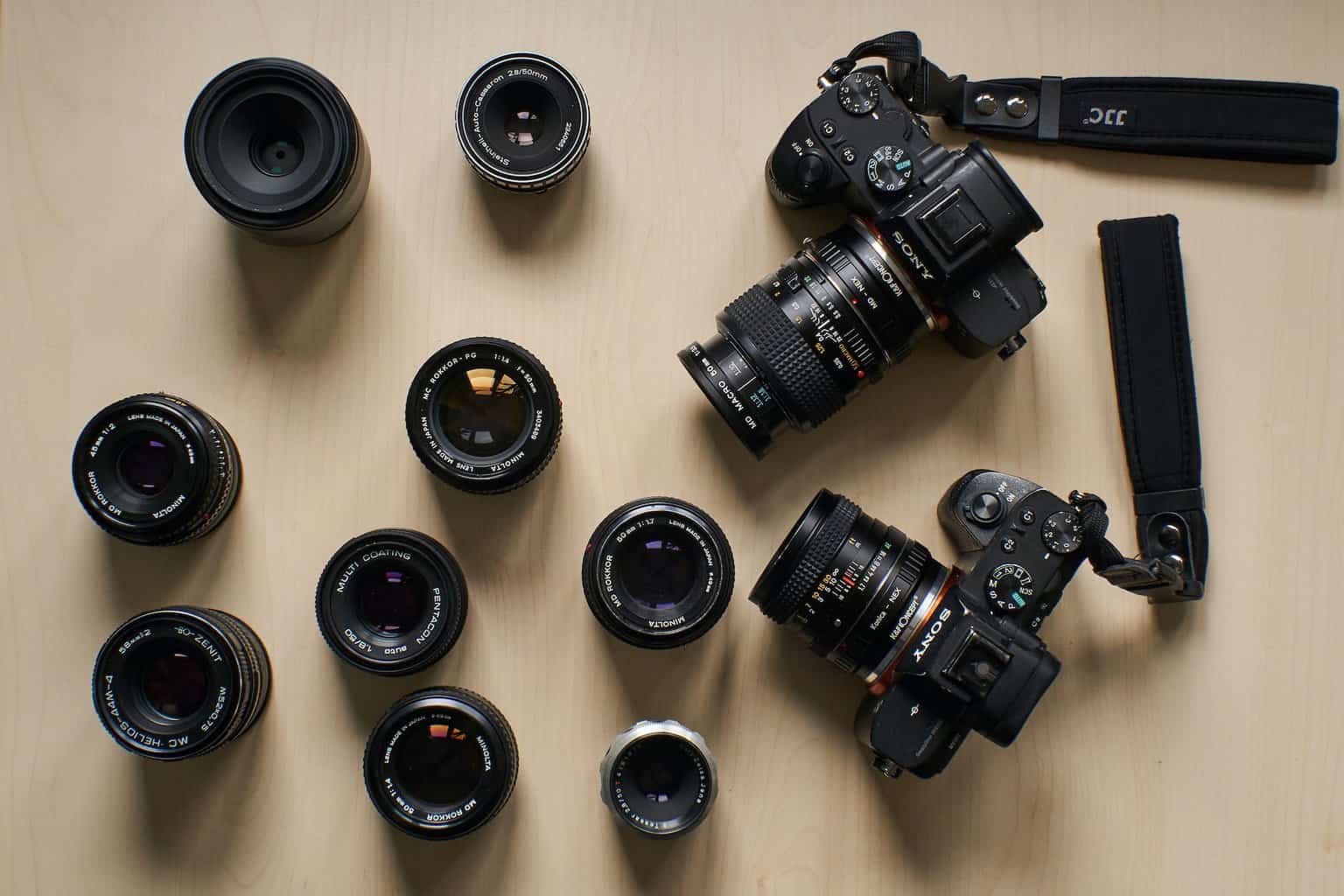
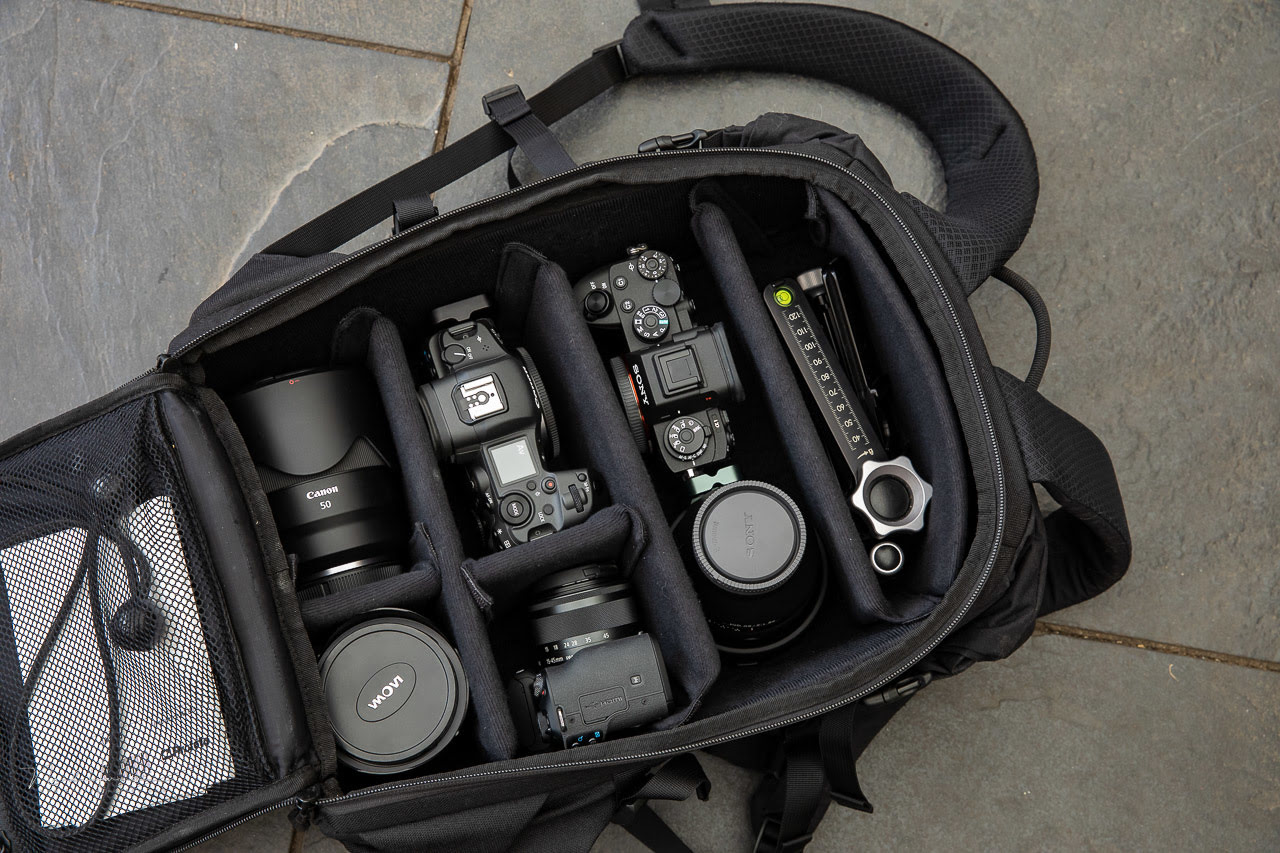
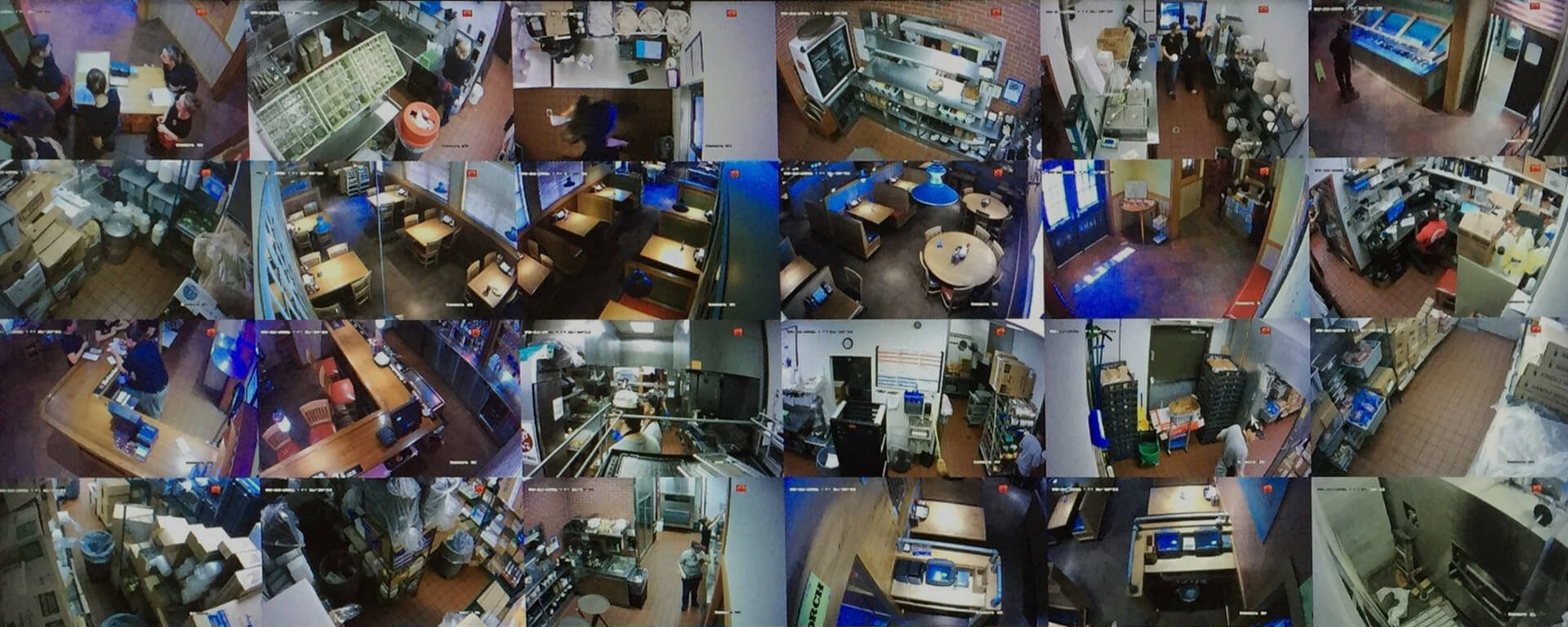
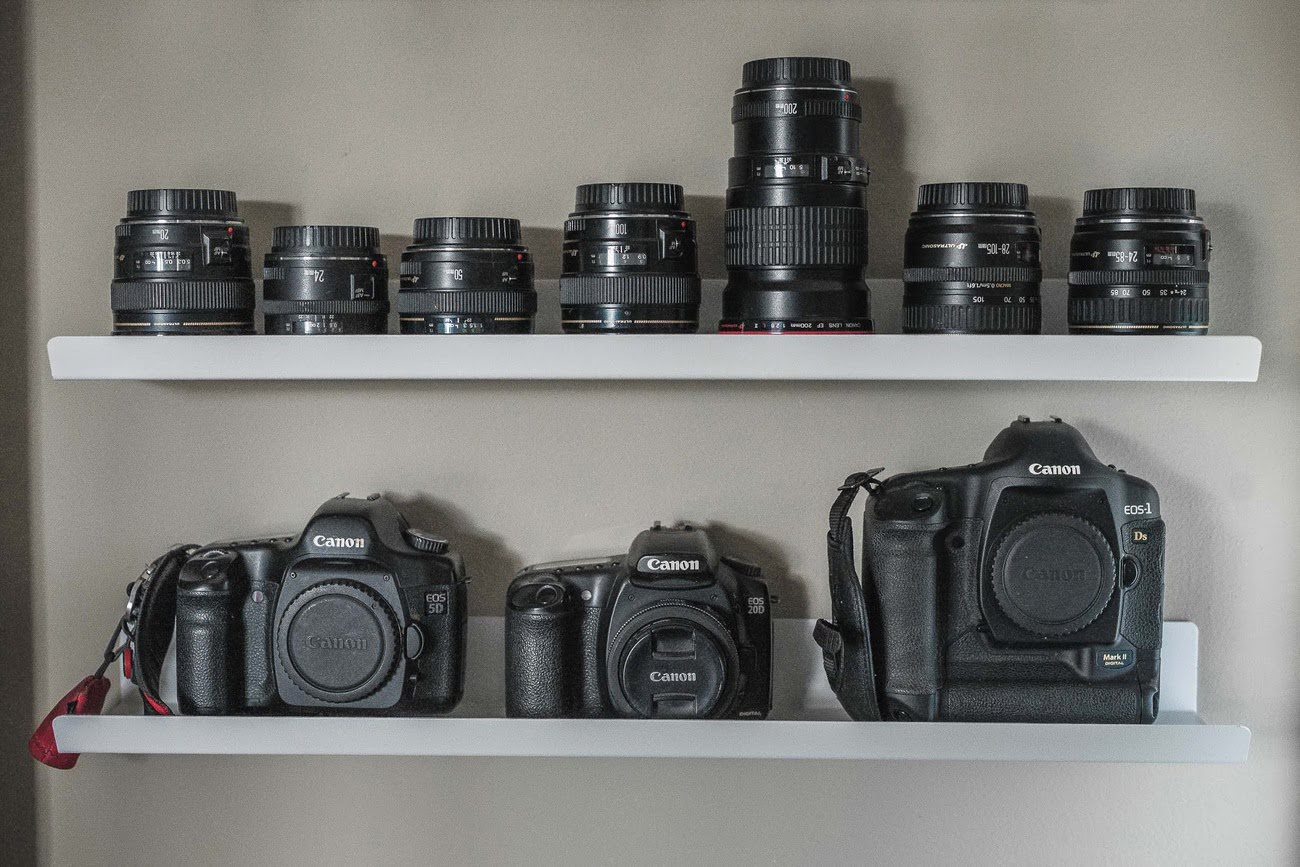
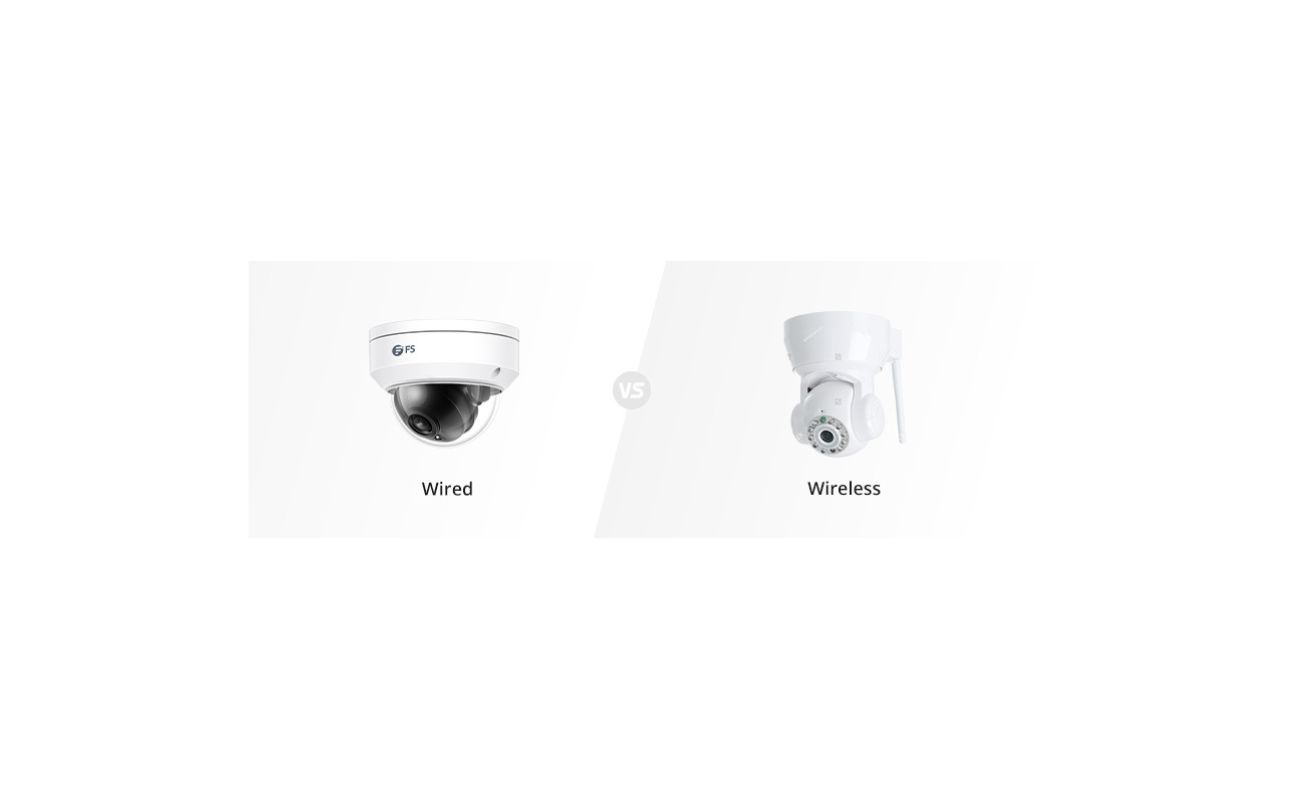
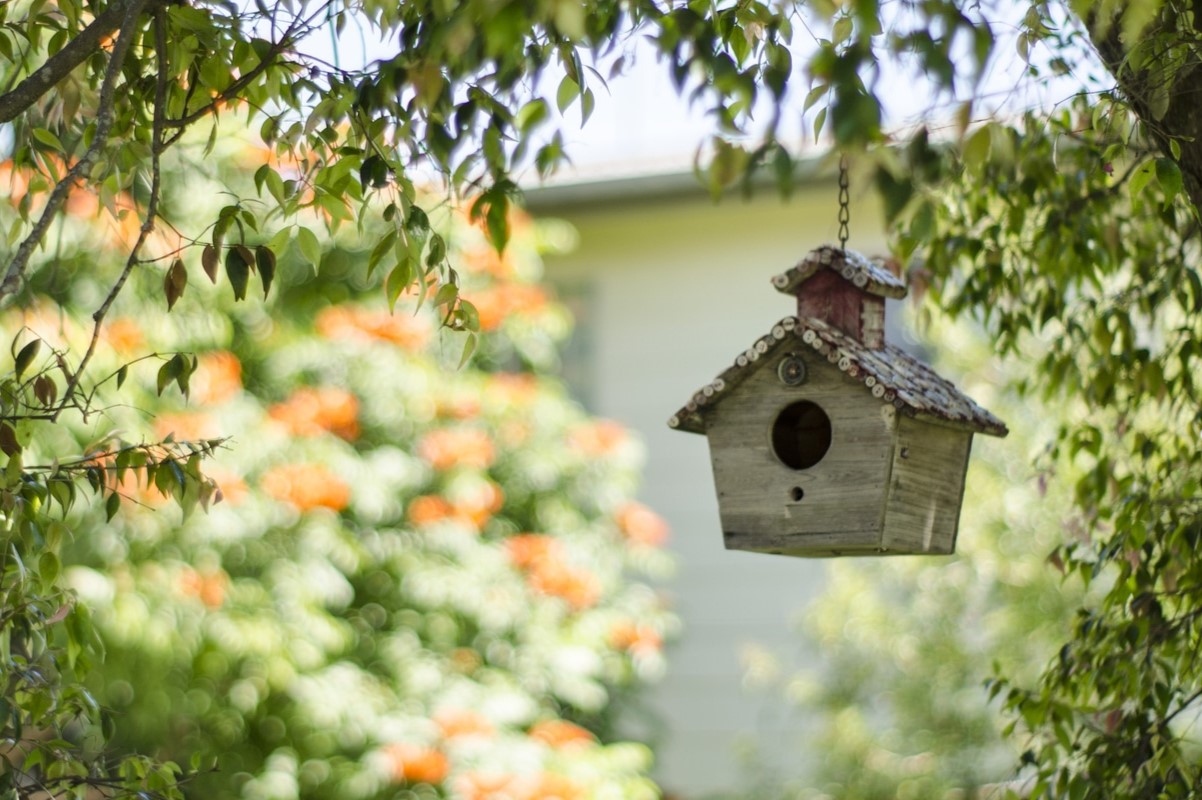
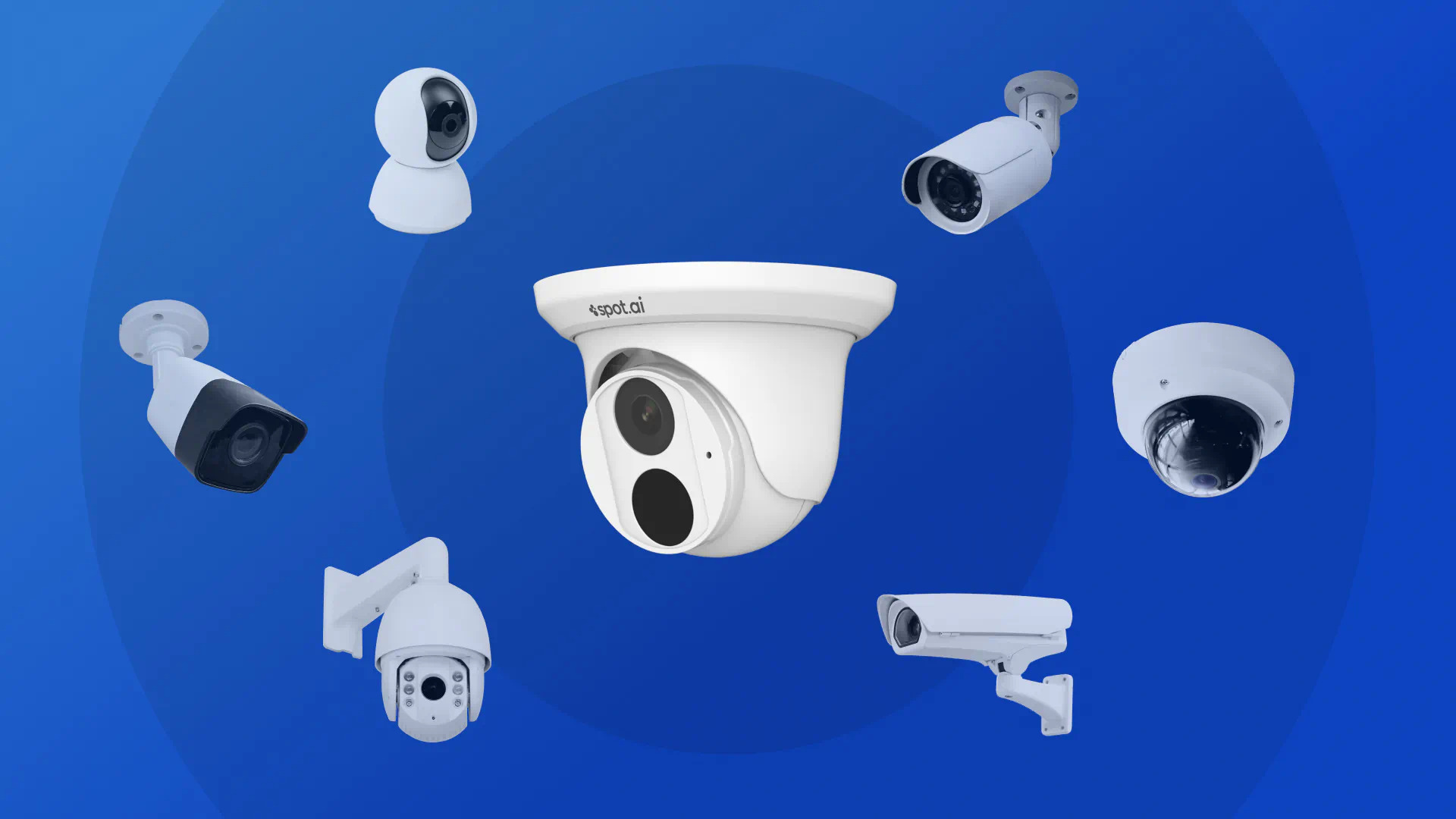
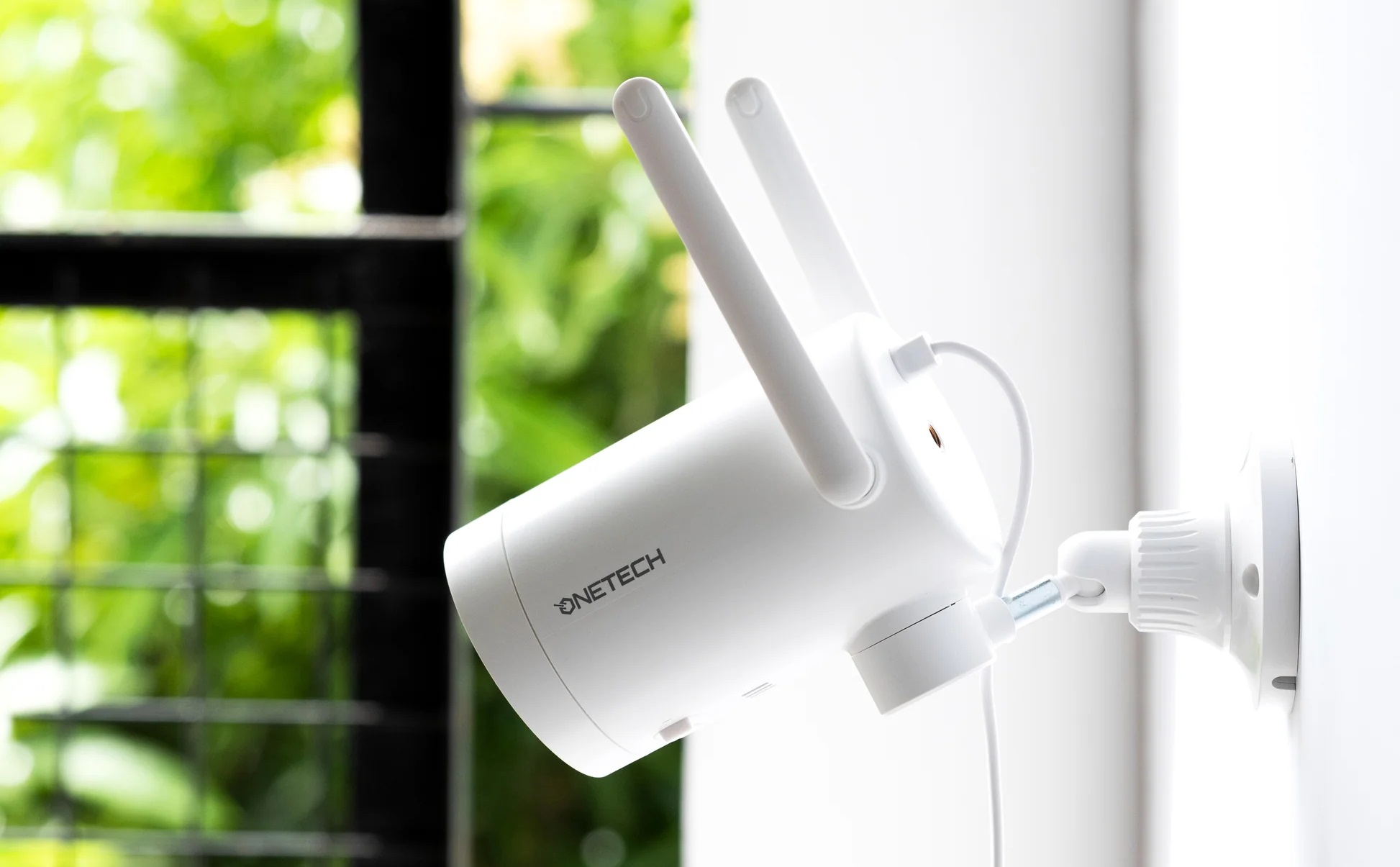
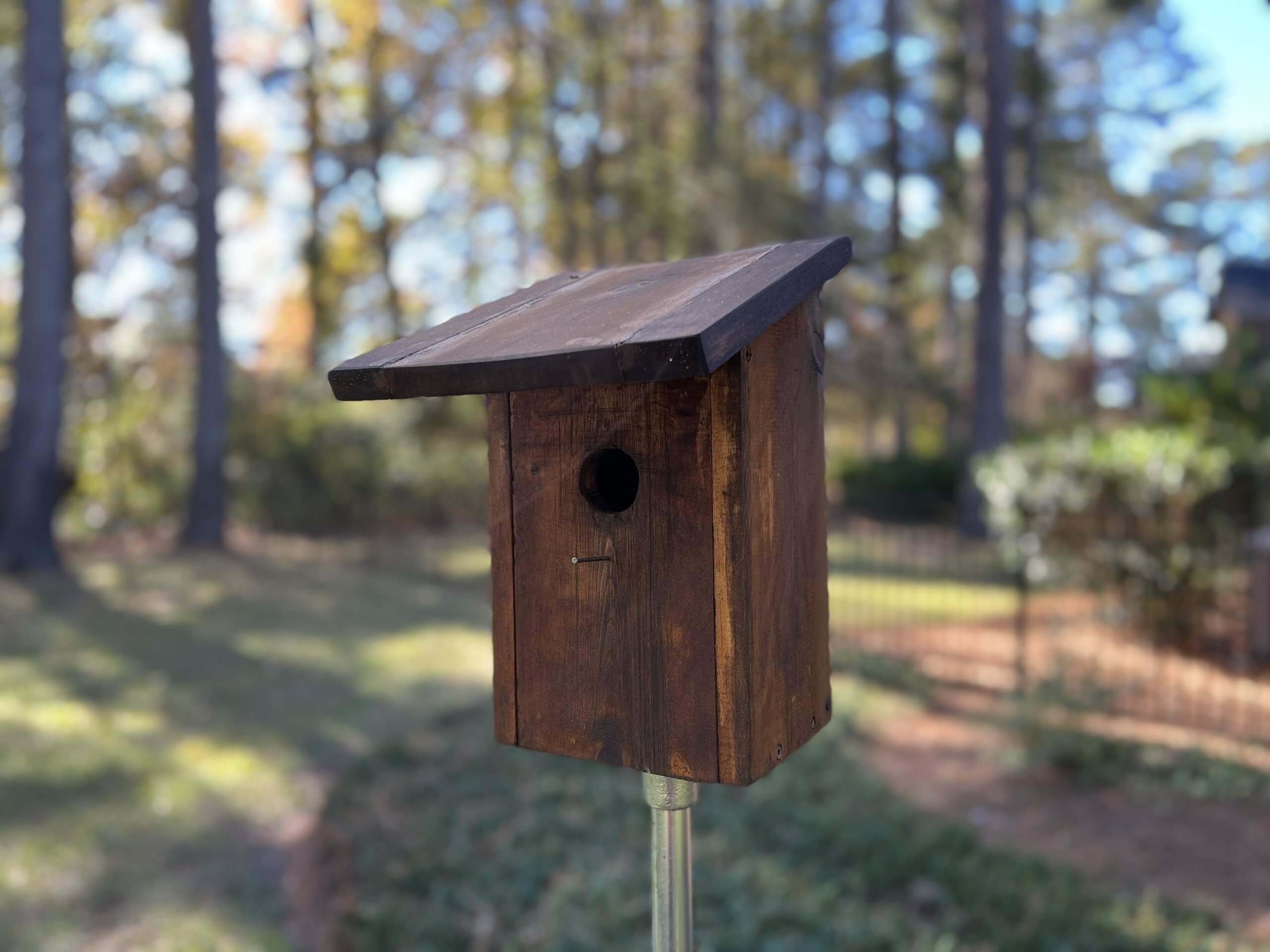
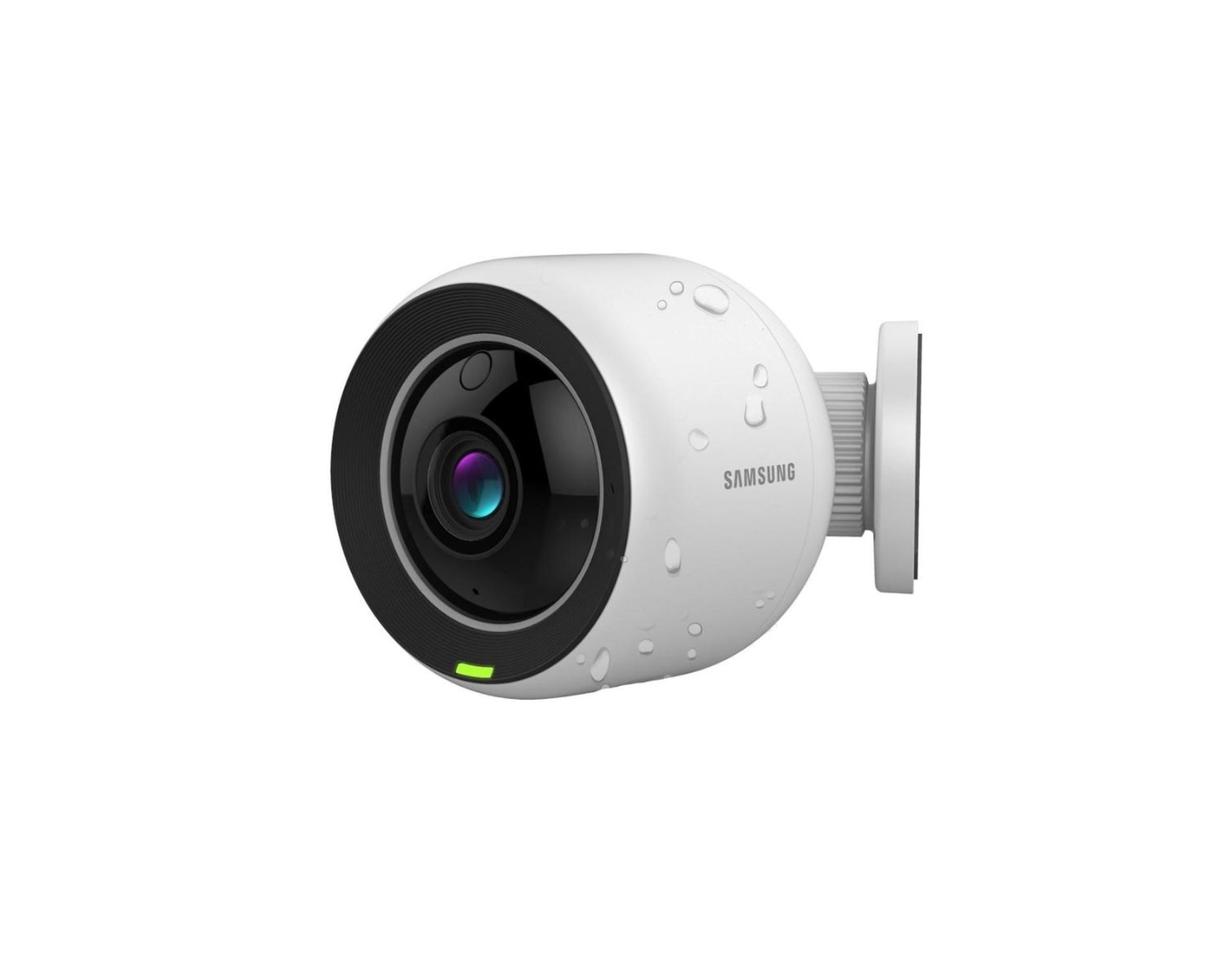
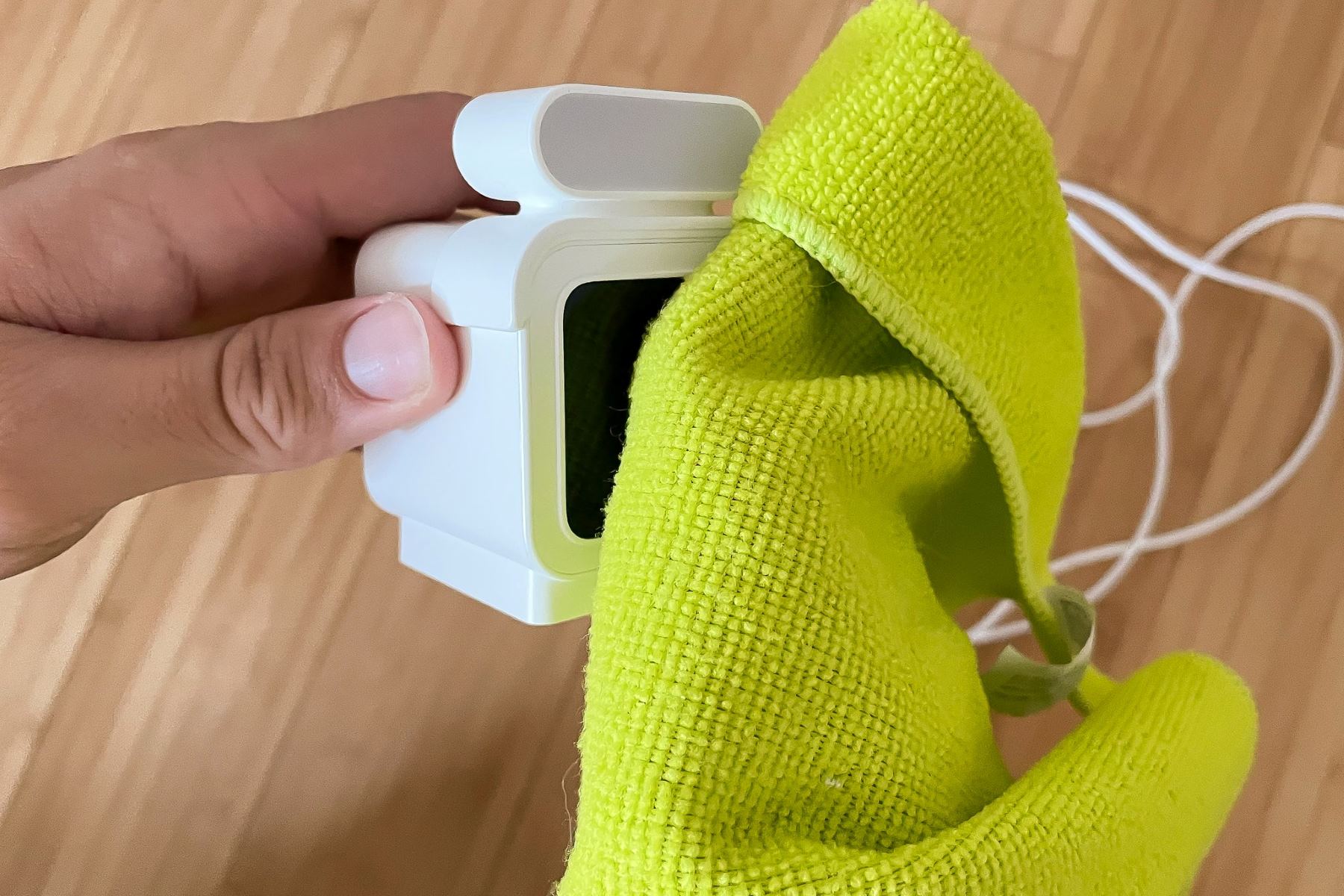
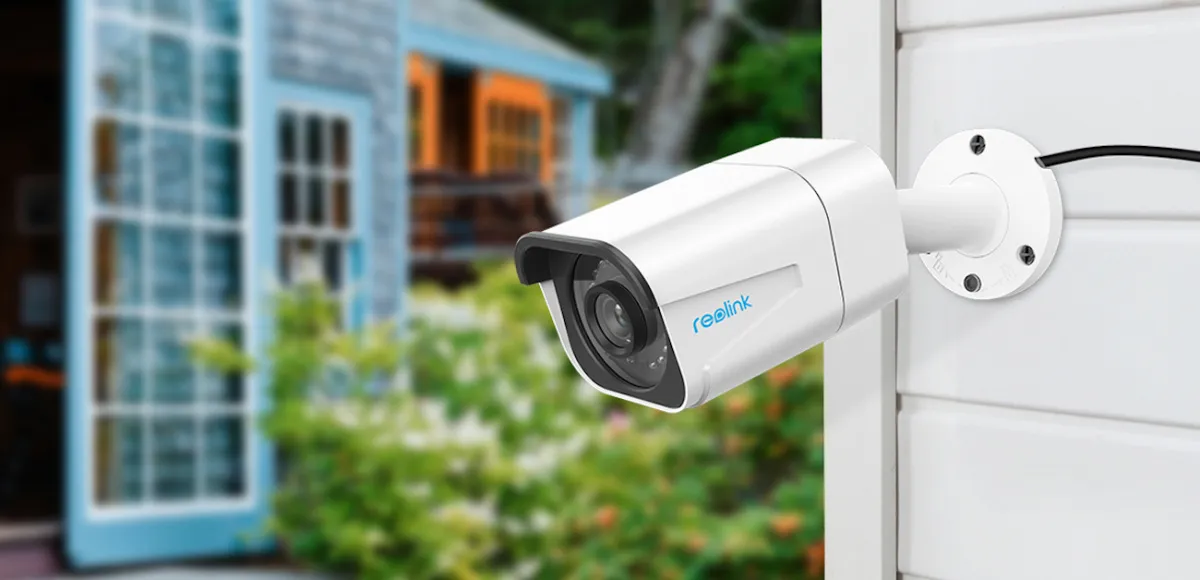
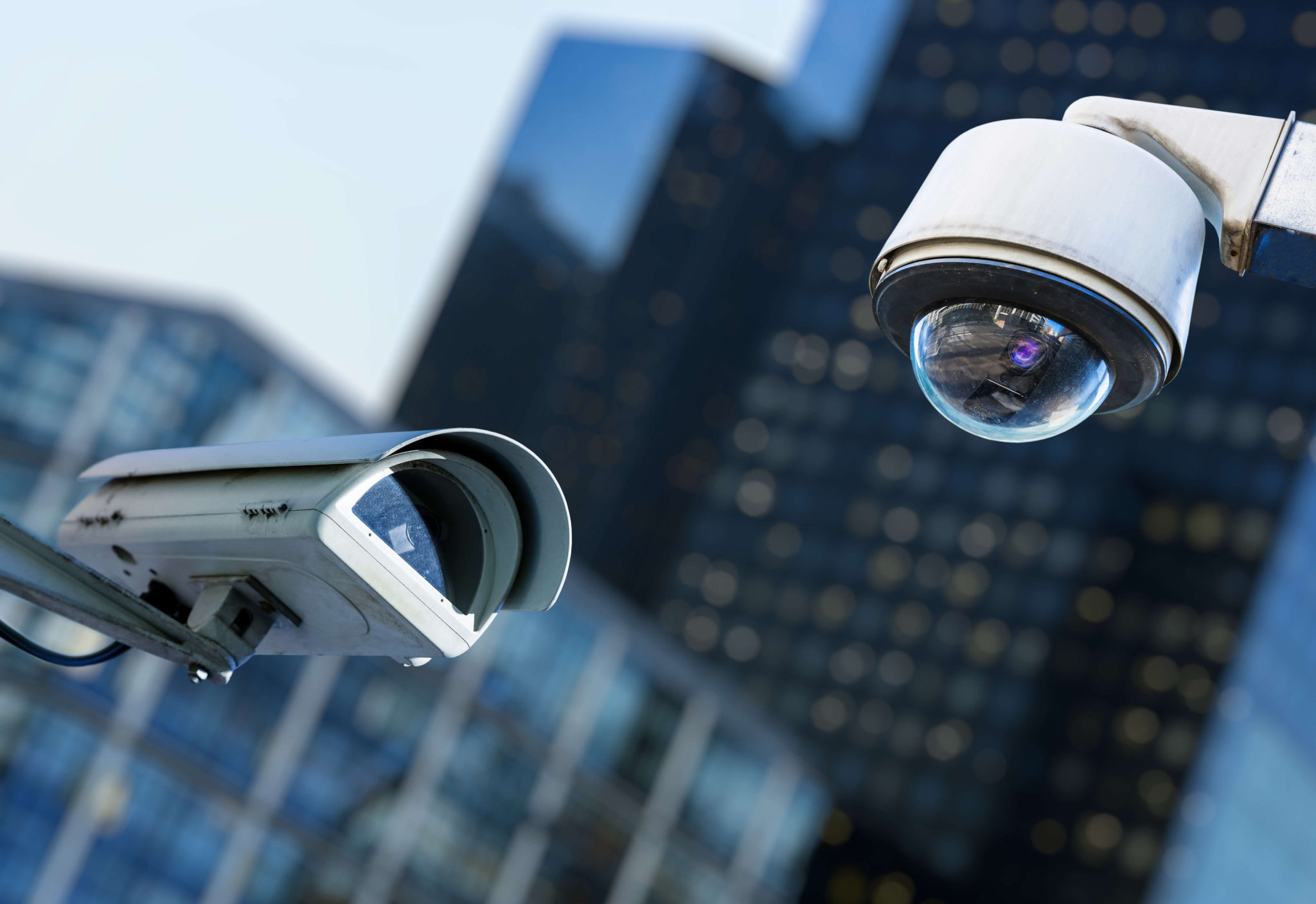

0 thoughts on “How To Store Cameras”